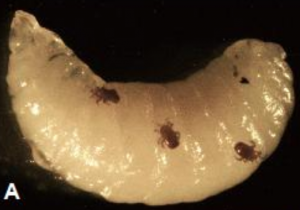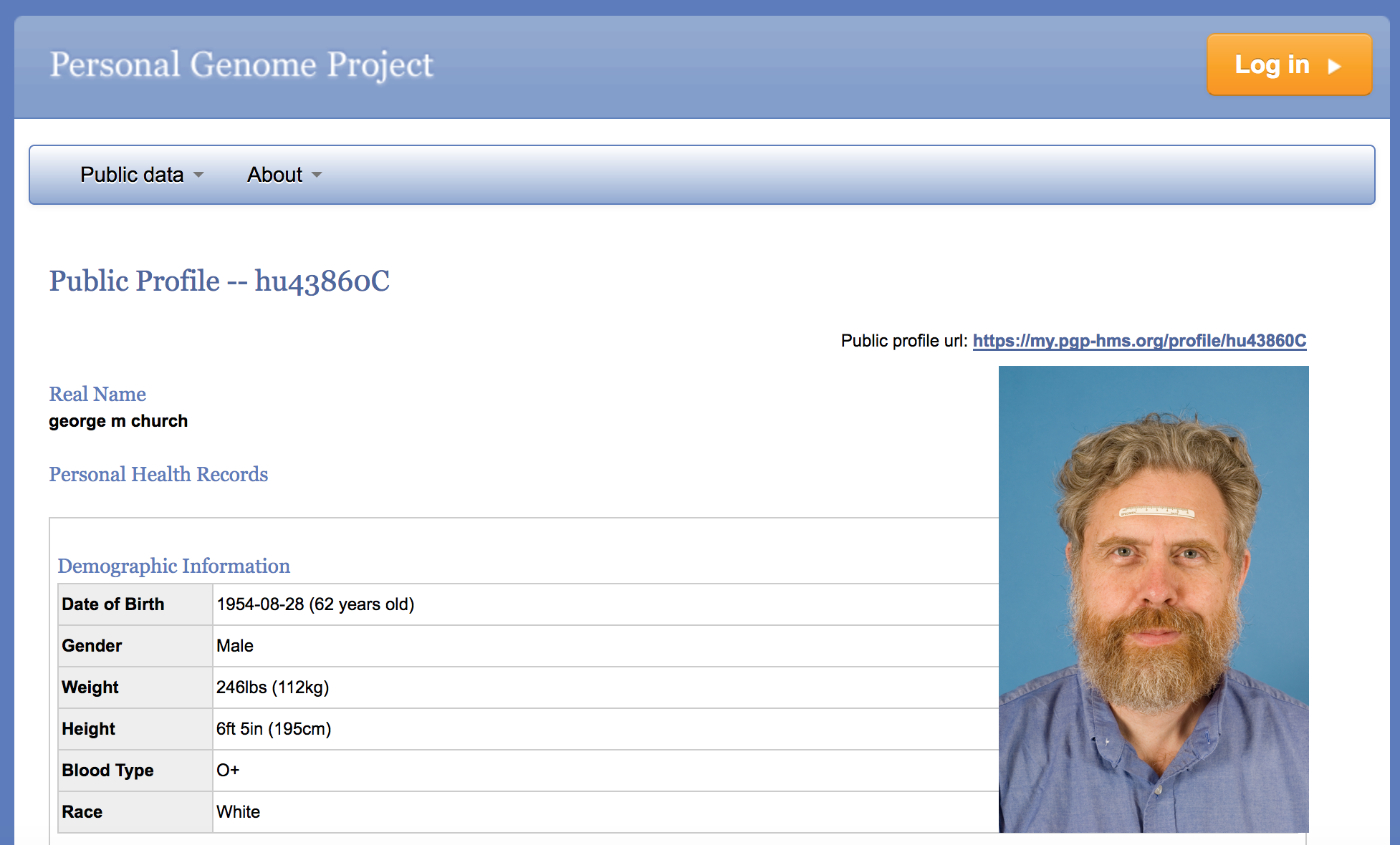
*A New High-Quality Reindeer Genome Sequence Provides Resources for Studying Evolution, Domestication, and Adaptation to Arctic Climate. But not the secrets of Christmas. * Ewan Birney has previously blogged on the Genome Days of Christmas, but today the full-text version of a particularly Christmassy species has just been published to add to that list.








